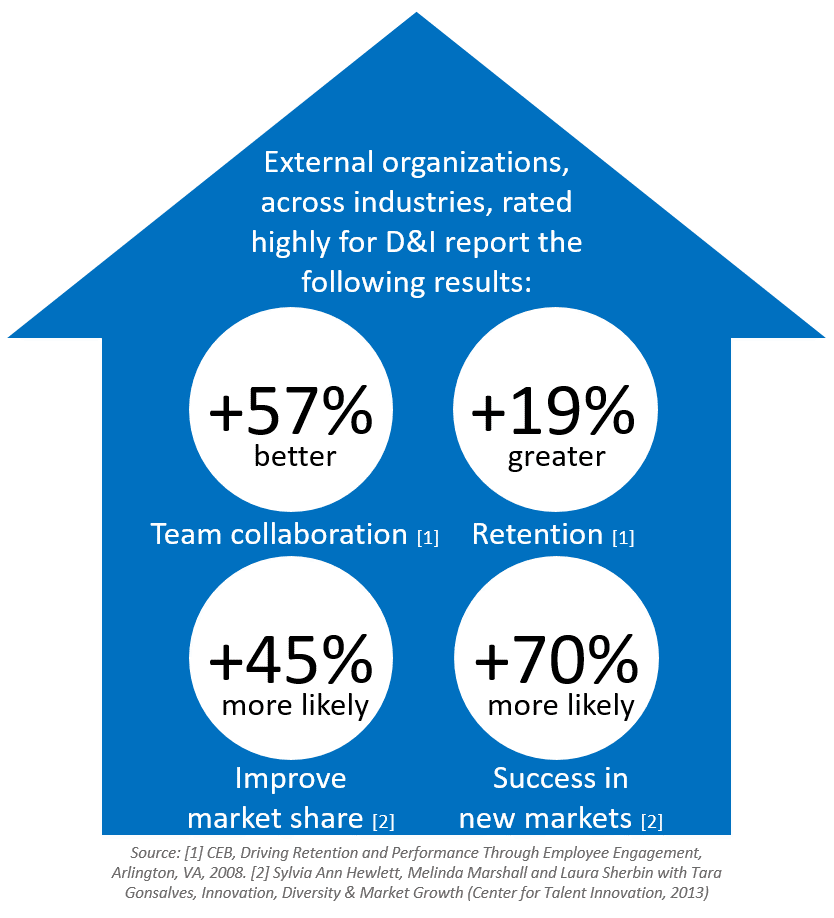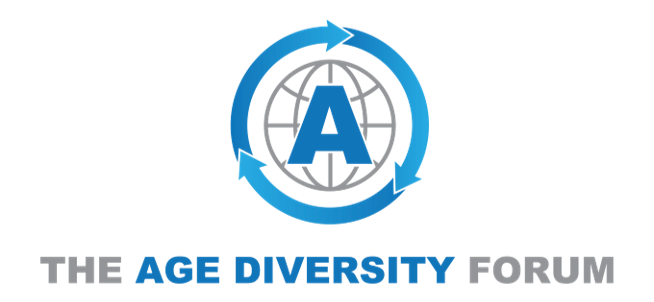I recently attended a regional government business initiative meeting, where the UK’s Industrial Strategy was held up as presenting business and economic challenges. None more so than in one of the ‘Grand Challenges’ recognised by the Strategy report…an ageing society….here’s an excerpt:
“The Industrial Strategy sets out Grand Challenges to put the UK at the forefront of the industries of the future, ensuring that the UK takes advantage of major global changes, improving people’s lives and the country’s productivity.
The first 4 Grand Challenges are focused on the global trends which will transform our future:
- Artificial Intelligence and data
- ageing society
- clean growth
- future of mobility
We are developing ambitious missions to tackle the Grand Challenges, bringing government, businesses and organisations together to make a real difference to people’s lives.”
We truly believe that with such diversity challenges, there are huge opportunities for social and commercial communities to benefit from a revised and/or renewed outlook to incorporate diversity values.
I’ve left the hyperlink in the report excerpt above, so you can visit the document in full, and at your leisure. But to provide some guidance, here’s more reference from the strategy document related to the Grand Challenge of age, where each of the four areas has a mission statement, for age, it’s:
Mission: Ensure that people can enjoy at least 5 extra healthy, independent years of life by 2035, while narrowing the gap between the experience of the richest and poorest
The mission will help:
- support people to remain at work for longer
- build markets for consumer products and services that better met the needs of older people
- drive improvements in public health and innovate across the social care sector
These are great words, with good intentions, but assistance is required to bring the horse (let’s call that the employers) to the water (let’s call this the people resource). That’s right, it’s not even a question of making the horse delve in to this demographic oasis, we must get them there first!
Unfortunately, age, as part of the diversity and inclusion (D&I) agenda, remains a largely overlooked area. But with increased focus on consolidation and effectiveness of ‘inter-sectionality’, age can offer an advantageous route, as it is the only D&I agenda item that crosses all other streams.
However, organisations still need some help and assistance, as identified in last year’s UK Government Department, Fuller Working Lives, Evidence Based report, that highlighted a gap between age D&I acknowledgement, and actually putting values in to practice.
 The good news is that through our ‘Champion’ network, we are seeing organisations begin to recognise the power and value of an age diverse work place.
The good news is that through our ‘Champion’ network, we are seeing organisations begin to recognise the power and value of an age diverse work place.
This environment also provides the opportunity to link and support the Grand Challenges Mission objectives. These can be well supported with a focus towards age diversity in the workplace, where a considered and inter-sectional approach in resource areas such as retention, retraining and recruitment, can have significant positive influence.
To align such a focus, and comment against each mission statement:
- support people to remain at work for longer – retaining skills and experience in the workplace not only provides a base for an individuals’ self-worth and economic input value, it creates a positive multi-generational work-force environment that can enhance innovation, improve company performance and showcase an organisation as a great place to work.
- build markets for consumer products and services that better met the needs of older people – we regularly hear from organisations about how they need to improve product and service design, to better reflect their customer base, such empowerment and reflection can be improved with an age diverse work-force driving change and product development.
- drive improvements in public health and innovate across the social care sector – it is well documented that an individuals’ well-being and social outlook can be greatly improved through employment, with personal development and contribution to work and society.
We know that the UK’s Industrial Strategy highlights challenges that are felt across the globe. Within a couple of days recently, we were asked to contribute to a BBC programme questioning age in the work-place in the UK, whilst we also attended an SHRM (Society for Human Resource Management) conference in New York, following an invitation to contribute to the age diversity discussion in the US. The good news is that the ‘Champion’ network generates shared contribution and information that adds value with no geographical or industry boundaries.
 Earlier this month, I was asked to speak at an industry conference in London, where it was clear that there was some trepidation of the business challenges ahead, including skills access, resourcing practices, and Brexit! However, the discussion about the inter-sectional nature of age diversity, enabled a positive reaction and response to various challenges, including the mitigation of resource turnover, and creating a great place to work. But more than that, implementing best practice and adopting proven programmes, creates an environment for better future-proofing, that allows for a more pro-active environment for planning and forecasting.
Earlier this month, I was asked to speak at an industry conference in London, where it was clear that there was some trepidation of the business challenges ahead, including skills access, resourcing practices, and Brexit! However, the discussion about the inter-sectional nature of age diversity, enabled a positive reaction and response to various challenges, including the mitigation of resource turnover, and creating a great place to work. But more than that, implementing best practice and adopting proven programmes, creates an environment for better future-proofing, that allows for a more pro-active environment for planning and forecasting.
The grand plans of any Governments Industrial Strategy can sometimes seem a long way from an organisations day-to-day challenges, for even the largest and well-resourced companies. The further good news (you will notice I have mentioned good news and opportunities to be gained a few times now!) is that our ‘Champion’ environment’ is an enabler for organisations of all size, sector and location, to incorporate, not just awareness, but to participate in D&I debate and practice, that fulfil social and business achievement.
Respect, and be aware of, the challenges……value, and maximise, the opportunities.
Steve Anderson / CEO / The Age Diversity Forum

